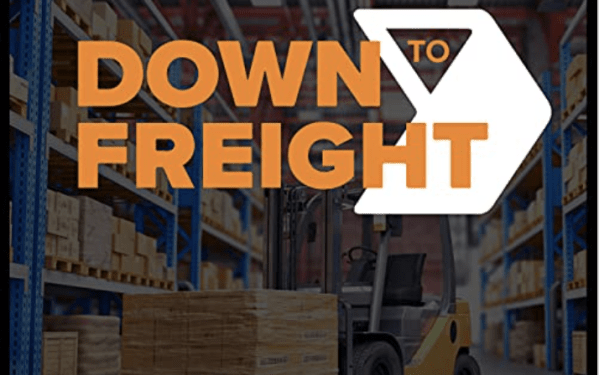Overcoming Challenges For Setting Up An ERP with Stryker’s Craig Adderley
An Enterprise Resource Planning (ERP) strategy is key to a more streamlined and integrated business operations. But implementing one is not always easy.

In our podcast episode with Stryker’s Global Transportation and Logistics leader Craig Adderley, we discussed how Stryker overcame the challenges that come with transitioning to a robust ERP.
As one of the world’s leading medical technology companies, Stryker is committed to make healthcare better for all. With his current role, Adderley emphasizes the importance of providing doctors and practitioners the right tools and resources they need to save lives on a day-to-day basis, making it exciting for him to take on a responsibility on the medical device supply chain and logistics and bring with him years of experience in the space.
Drawing in from his experience as Global Transportation and Logistics leader at Air Liquide Advanced Materials, Adderley shared challenges that they had to overcome to implement an efficient and robust ERP system that allowed them to transport hazardous materials seamlessly.
These challenges include dealing with tribal knowledge and effectively passing them down to peers in a condensed way. There’s also a challenge around mentality shift. “There are multiple leaders from engineering to R&D on to procurement that we’re all were trying to speak the same language,” Adderley said.
To overcome these challenges, their team had to create a 5-phase plan that involved in-depth conversations, surveys, and value stream mapping. These first two phases, according to Adderley, are very crucial in order to get everyone’s support and participation.
“So we need a process that’s standardized, but we need a system that allows us with that standardization to pivot when demand or industry calls us to. So we focused on a value stream mapping that mapped out where we’re at, where we want to be and what things are valued that we need to keep an input into our new ERP system,” Adderley shared.
According to Adderley, engaging third-party consultants can also help in engineering, fleshing out the plan, and building it on the back end. Getting the buy-in from each subject matter expert and user is also important so they spent a lot of time on visiting facilities in the first phase of the rollout, observing processes, documenting them, and figuring out the opportunities for improvement.
Undeniably, the move to a more integrated ERP system will definitely help any organization become more agile and nimble, with added capacity to relieve bottlenecks and more visibility to inventories.
Tune in to Down to Freight podcast, where we sit down with transportation, logistics, supply chain, and warehousing subject matter experts to discuss the Digital Transformation Project.
Subscribe to stay updated on Vector and logistics trends
" " indicates required fields
Continue reading
Ready to transform your supply chain?
Increase efficiency and productivity. Say goodbye to delays, handwriting errors, and time-intensive manual data entry.